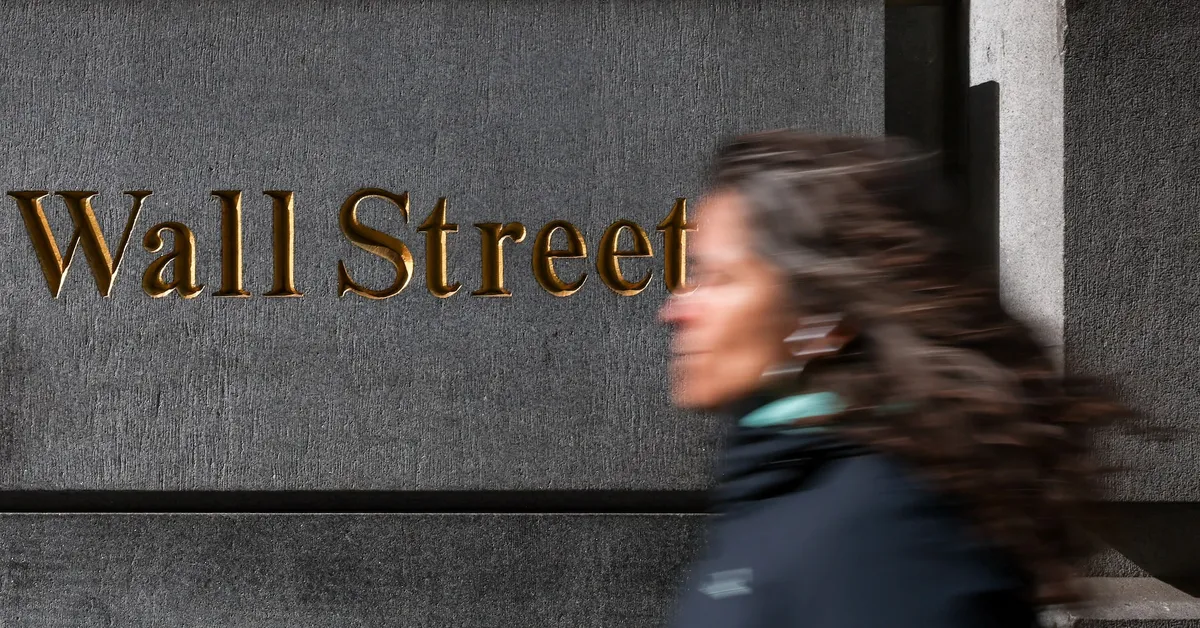
On April 28, 2023, the S&P 500 and the Dow Jones Industrial Average experienced modest gains during a day of volatile trading. Investors are currently bracing for a week filled with crucial economic data and earnings reports from some of Wall Street's most significant companies. Additionally, ongoing developments in U.S. trade policy continue to capture investors' attention.
Market participants are closely monitoring company earnings and executive statements for hints on how President Donald Trump's new tariffs might affect their future outlook. Phil Blancato, the CEO of Ladenburg Thalmann Asset Management, pointed out that major tech firms are likely to continue exceeding earnings expectations due to their resilience against tariff impacts. He remarked, "Are you going to tell somebody to not use a Microsoft operating system at this point because of a tariff? That's highly unlikely."
Thus far, the earnings season has shown favorable results, with a projected increase of 9.7% in S&P 500 earnings for the first quarter compared to the previous year, according to data from LSEG IBES. Both the S&P 500 and the Nasdaq Composite are trading at their highest levels since April 2, reflecting a positive market sentiment.
In a significant development, reports emerged that China's Huawei Technologies is preparing to test its own artificial intelligence processor, aiming to replace some products from Nvidia. This move highlights the ongoing competition in the tech sector amidst changing trade dynamics.
Many companies have expressed concerns regarding the uncertainty stemming from the U.S. administration's trade policy changes. As a result, some have opted to revise or withdraw their annual forecasts. Competing narratives about the status of trade negotiations between Beijing and the Trump administration have further heightened this uncertainty. Blancato noted, "The market really just continues in this game of trying to figure out what's next for President Trump and trade negotiations."
Looking ahead, crucial economic indicators are set to be released, including the monthly U.S. payrolls data and the personal consumption expenditures price index. A recent survey conducted by Reuters revealed that a majority of economists believe the risks of the global economy slipping into a recession this year are significant.
On the trading front, advancing stocks outnumbered declining ones, with a ratio of 2.24-to-1 on the NYSE and 1.68-to-1 on the Nasdaq. The S&P 500 recorded three new 52-week highs with no new lows, while the Nasdaq Composite saw 19 new highs and 12 new lows.
As the market continues to navigate through these complexities, investors remain vigilant, seeking clarity on economic indicators and trade developments that could influence their investment strategies.
Reporting by Lisa Mattackal and Purvi Agarwal in Bengaluru; Editing by Devika Syamnath.